Beyonce Interviews Solange About: New Album, Parkwood, Racism & Family
Solange Knowles surprised both fans and critics in 2016 when she released her album “A Seat at the Table. ” Through this album, the Houston native has depicted and deciphered vulnerability, femininity, womanhood, and blackness on a whole new level.
Beyoncé interviews her sister Solange about her upbringing, recent album and the success of it, and what it took to put the production together. Read the excerpts below.
On growing up in a house of five:
I remember having so much perspective about my voice, and how to use my voice, at such a young age—whether it was through dance, poetry, or coming up with different projects. I guess I always felt a yearning to communicate—I had a lot of things to say.
On growing up in Houston, TX – Parkwood to be exact:
Growing up on Parkwood was so inspiring because we got to see a little bit of everything. We grew up in the same neighborhood that produced Scarface, Debbie Allen, and Phylicia Rashad. So, culturally, it was as rich as it gets. People were warm. People were friendly. But the biggest thing that I took from it is the storytelling..
On connecting with every type of woman:
I feel so happy that I got to grow up in a place [Parkwood] where you could be the pastor’s wife, you could be a lawyer, you could be a stripper on the side, you could be a schoolteacher—we saw every kind of woman connect on one common experience, which was that everyone wanted to be great and everyone wanted to do better. And we really became womanist because of that. And that’s the thing that I carry with me the most, being able to go out into the world and connect with women of all kinds.
On where she got her confidence from:
I have no idea, to be honest! I always knew what I wanted. We damn sure know that I wasn’t always right. [both laugh] But I’d sit firm, whether I was right or wrong. I guess a part of that was being the baby of the family and being adamant that, in a house of five, my voice was being heard. Another part is that I remember being really young and having this voice inside that told me to trust my gut. And my gut has been really, really strong in my life. It’s pretty vocal and it leads me.
On why she was so hands-on for the album:
It varies. For one, I got to have a lot of practice. Growing up in a household with a master class such as yourself definitely didn’t hurt. And, as far back as I can remember, our mother always taught us to be in control of our voice and our bodies and our work, and she showed us that through her example. If she conjured up an idea, there was not one element of that idea that she was not going to have her hand in. She was not going to hand that over to someone.
On the inspiration for “A Seat at the Table”:
For this record specifically, it really started with wanting to unravel some truths and some untruths. There were things that had been weighing heavy on me for quite some time. And I went into this hole, trying to work through some of these things so that I could be a better me and be a better mom to Julez and be a better wife and a better friend and a better sister…the album really feels like storytelling for us all and our family and our lineage.
And having mom and dad speak on the album, it felt right that, as a family, this closed the chapter of our stories. And my friends’ stories—every day, we’re texting about some of the micro-aggressions we experience, and that voice can be heard on the record, too. The inspiration for this record came from all of our voices as a collective, and wanting to look at it and explore it.
On why Solange chose Master P for the interludes:
I remember reading or hearing things about Master P that reminded me so much of Dad growing up. And they [Matthew Knowles] also have an incredible amount of love and respect for one another. And I wanted a voice throughout the record that represented empowerment and independence, the voice of someone who never gave in, even when it was easy to lose sight of everything that he built, someone invested in black people, invested in our community and our storytelling, in empowering his people.
On the album production:
…when I started to work on the sonics for this record, I realized that I had to create such a very specific sonic landscape in telling the story. I had these jam sessions, and there were holes that no one else could really fill for me. It really came out of a need for something outside of what I could articulate and lead someone else to do. And it was scary. It was really scary, and a lot of times I was frustrated with myself and feeling insecure because it was new to operate in that space and be in front of people at this age, learning something on this level.
On what the song title “Cranes in the Sky” actually means:
I used to write and record a lot in Miami during that time, when there was a real estate boom in America, and developers were developing all of this new property. There was a new condo going up every ten feet. You [Beyoncé Knowles] recorded a lot there as well, and I think we experienced Miami as a place of refuge and peace. We weren’t out there wilin’ out and partying. I remember looking up and seeing all of these cranes in the sky.
They were so heavy and such an eyesore, and not what I identified with peace and refuge. I remember thinking of it as an analogy for my transition—this idea of building up, up, up that was going on in our country at the time, all of this excessive building, and not really dealing with what was in front of us. And we all know how that ended. That crashed and burned.
On the inspiration of behind the cover art:
I wanted to create an image that invited people to have an up-close and personal experience—and that really spoke to the album title—that communicated, through my eyes and my posture, like, “Come and get close. It’s not going to be pretty. It’s not going to be perfect. It’s going to get a little gritty, and it might get a little intense, but it’s a conversation we need to have.” I wanted to nod to the Mona Lisa and the stateliness, the sternness that that image has. And I wanted to put these waves in my hair, and to really set the waves, you have to put these clips in.
And when Neal, the hair stylist, put the clips in, I remember thinking, “Woah, this is the transition, in the same way that I’m speaking about on ‘Cranes.'” It was really important to capture that transition, to show the vulnerability and the imperfection of the transition—those clips signify just that, you know? Holding it down until you can get to the other side. I wanted to capture that.”


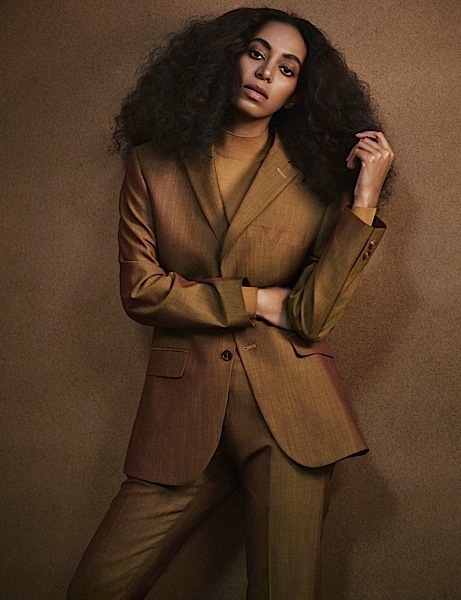
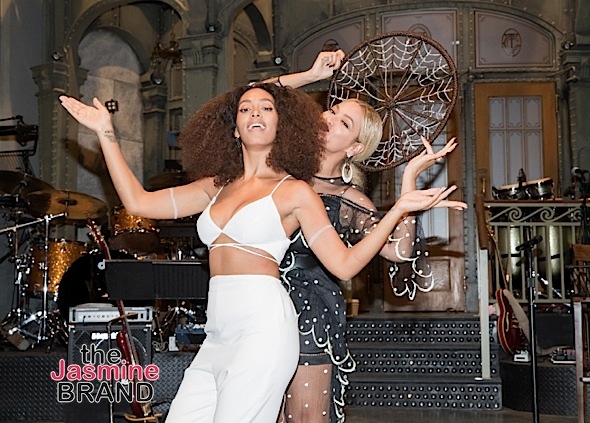
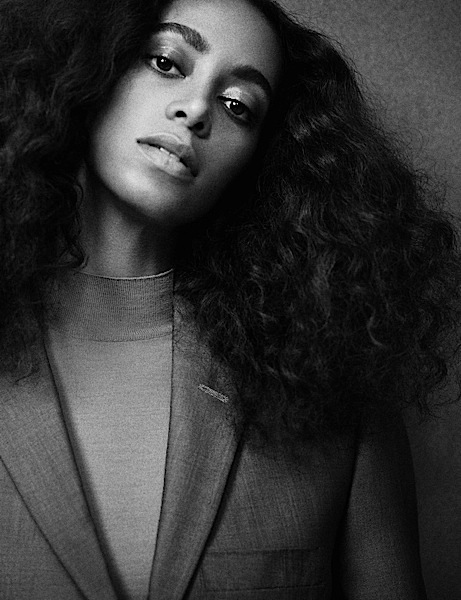
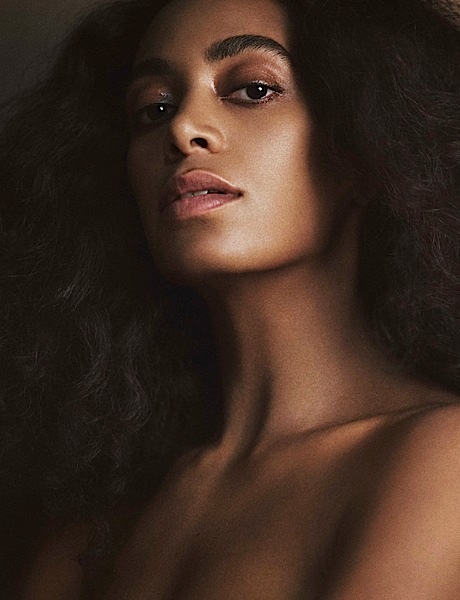
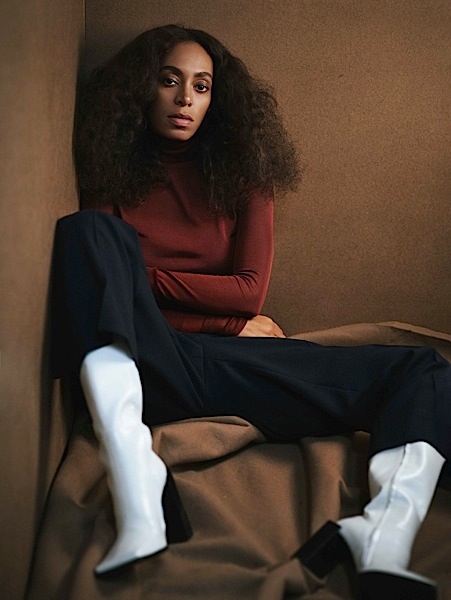
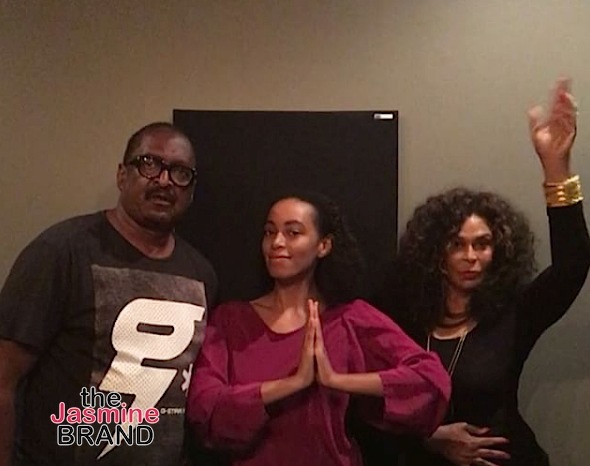
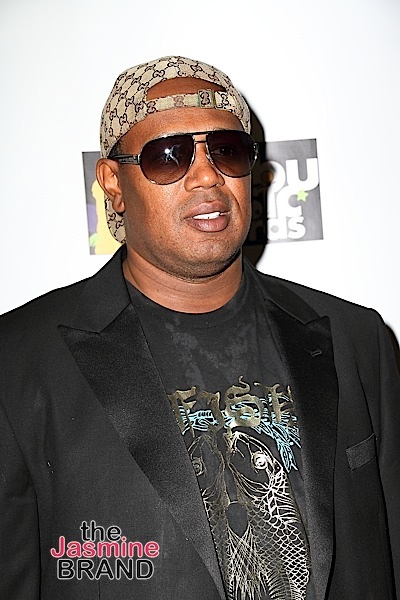
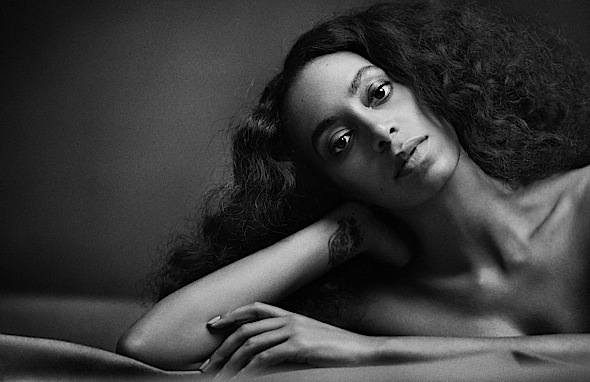
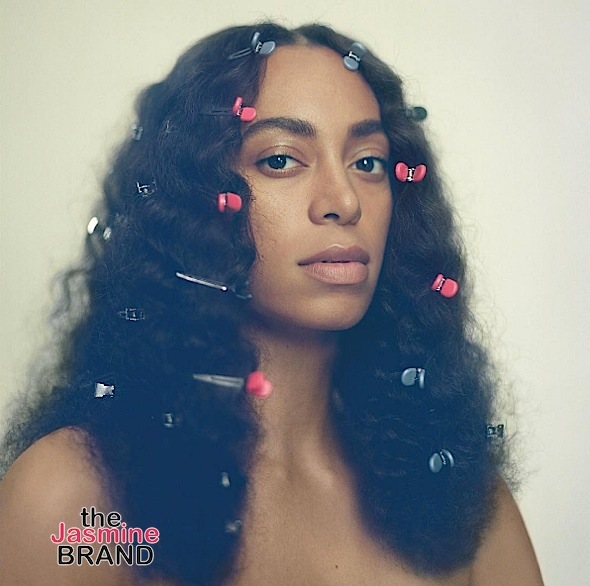
 Previous Article
Previous Article Next Article
Next Article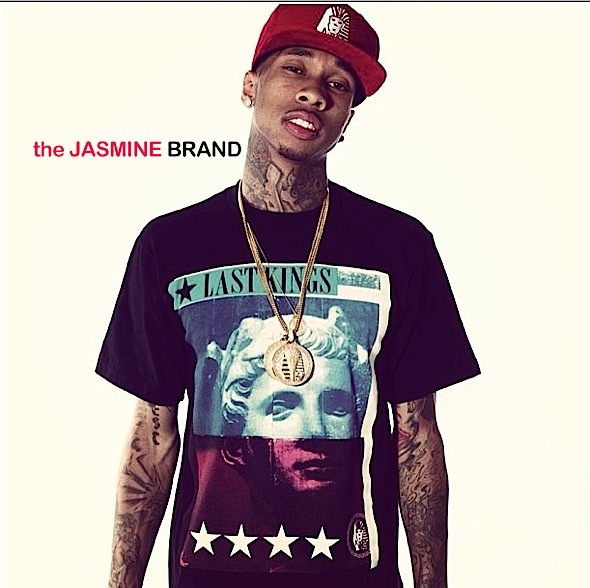 (EXCLUSIVE) Tyga’s Ex-Business Partner Blasts Rapper, Says NOBODY Buys His Clothes Due to His Name!
(EXCLUSIVE) Tyga’s Ex-Business Partner Blasts Rapper, Says NOBODY Buys His Clothes Due to His Name! ![Reality Star Teairra Mari Holds Press Conference – I’m Suing 50 Cent & My Ex Over Sex Tape [VIDEO]](https://thejasminebrand.com/wp-content/uploads/2018/05/Screen-Shot-2018-05-17-at-12.36.44-PM.jpg) Reality Star Teairra Mari Holds Press Conference – I’m Suing 50 Cent & My Ex Over Sex Tape [VIDEO]
Reality Star Teairra Mari Holds Press Conference – I’m Suing 50 Cent & My Ex Over Sex Tape [VIDEO] 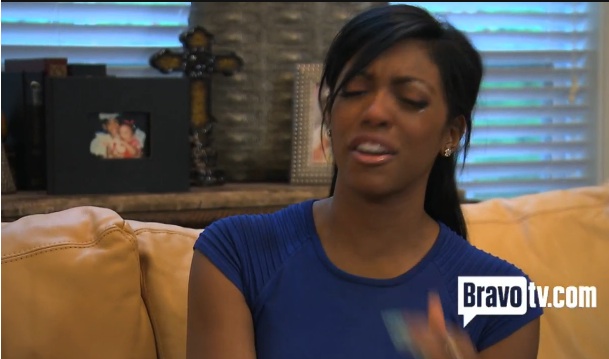 RHOA’s Porsha Stewart Gets Emotional Discussing Divorce Hearing: ‘It was an out of body experience.’
RHOA’s Porsha Stewart Gets Emotional Discussing Divorce Hearing: ‘It was an out of body experience.’ 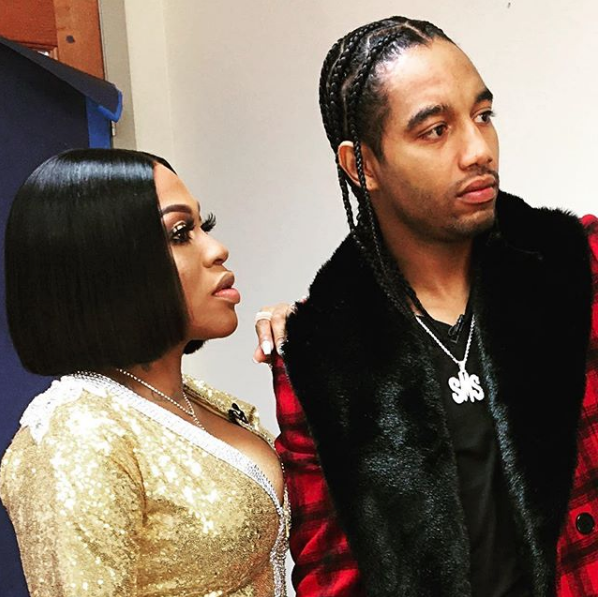 Lil Mo Suffers Miscarriage
Lil Mo Suffers Miscarriage 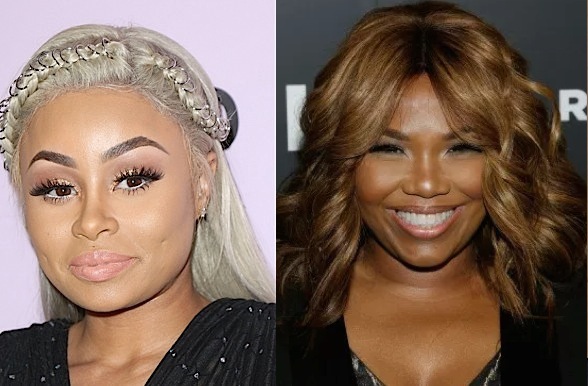 Mona Scott-Young Wants Blac Chyna On ‘Love & Hip Hop’
Mona Scott-Young Wants Blac Chyna On ‘Love & Hip Hop’ ![Ariana Grande’s Engagement Ring Was Nearly 100k! [Photo]](https://thejasminebrand.com/wp-content/uploads/2018/06/Screen-Shot-2018-06-13-at-12.05.44-AM.png) Ariana Grande’s Engagement Ring Was Nearly 100k! [Photo]
Ariana Grande’s Engagement Ring Was Nearly 100k! [Photo]  Celeb Homes Threatened By California Wildfires: Kardashian’s, Robin Thicke, Niecy Nash, Lil Pump, August Alsina, Damon Dash
Celeb Homes Threatened By California Wildfires: Kardashian’s, Robin Thicke, Niecy Nash, Lil Pump, August Alsina, Damon Dash 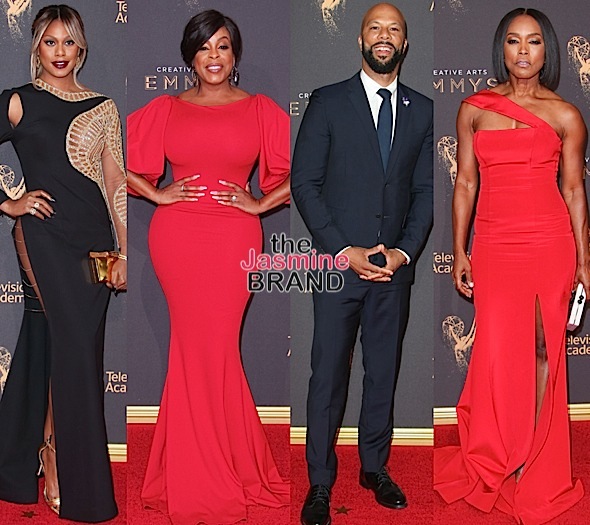 Creative Arts Emmy Awards: Aisha Tyler, Brian Tyree Henry, Courtney B. Vance, Laverne Cox, Niecy Nash Hit The Red Carpet
Creative Arts Emmy Awards: Aisha Tyler, Brian Tyree Henry, Courtney B. Vance, Laverne Cox, Niecy Nash Hit The Red Carpet